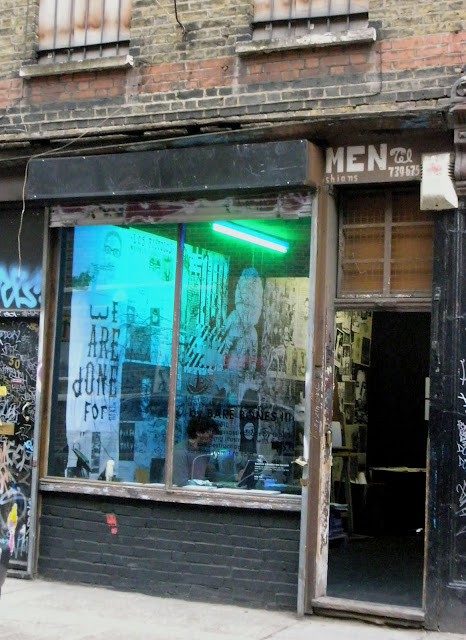For four years I was lucky enough to live in a large, 'romantically dishevelled' flat in the heart of Kensington. This ramshackle apartment included a pretty little archetypal London rooftop overlooking the dramatic spire of St. Mary Abbott's church. I shared the rooftop space with a mysterious, elusive neighbour I secretly referred to as Crispin - in tribute to Crispin's Food and Wine, the local 24-hour off license famous for the world's highest prices and appalling customer service.
Crispin always dressed like a post-modern Dickensian dandy, his sartorial style often featuring a waistcoat, tails and cravat. He would stalk the Kensington alleyways on his bike, coat tails flapping in the autumn breeze, knee-high pirate boots masterfully powering the pedals. Crispin seemed to epitomise the essence of the contemporary bohemian, proclaiming his profession as a 'neo-classical composer' when he wasn't sampling the delights of the extras catering van on the Harry Potter set. Hailing originally from Mauritius, Crispin had haunted the backstreets of Kensington for over 20 years, his tiny rent-controlled bedsit in an even more hazardous state of disrepair than my own. He would hang his Savile Row shirts out to dry on sunny days on the rooftop and treat me to a glass of wine washed down with endless tales of woe caused by the neighbourhood riffraff. Crispin had also worked a stall at the old bohemian Kensington market on Kensington High Street before its demise in the '90s...and now stalks the Wholefoods bar on Thursday nights, sampling their champagne and prosciutto, sprinkling his eclectic charm about the place.
The thing I like about Crispin is he remains a living relic of a more bohemian era, when Kensington was populated by far more interesting locals than suburban weekend shoppers (now dispersed to the abhorrent Westfield), wealthy arabs and French banking refugees. He resolutely refuses to be bullied out of his little West London bolthole and remains a nuisance to landlords, noisy neighbours and pesky rodents alike. Respect to the Dandy of Kensington.
























































